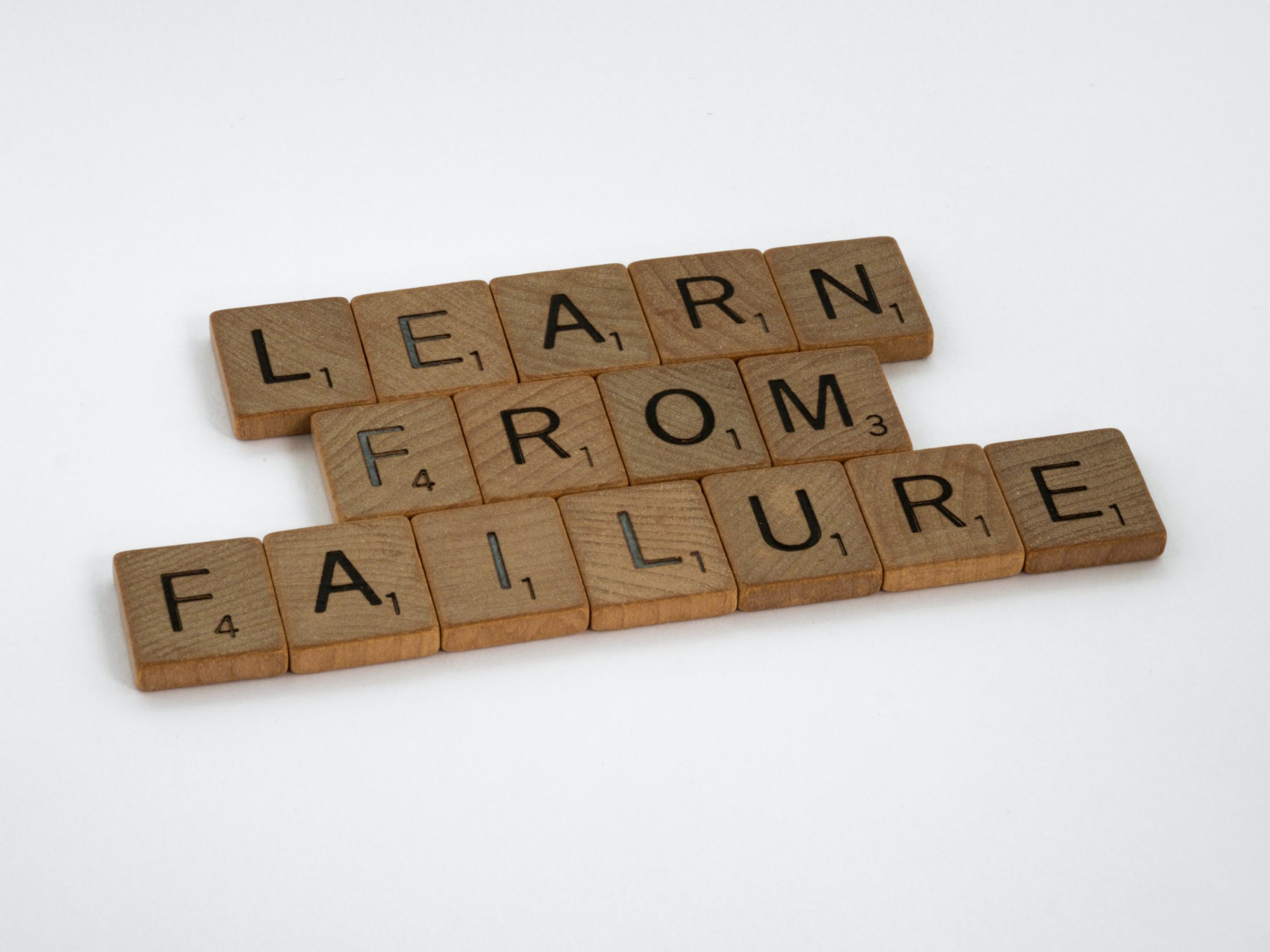As educators, we spend a lot of time listing rules and setting expectations for our school spaces. Our goal, of course, is to lay the groundwork for a successful, productive, drama-less school year, aiming for a school full of kind, confident, inquisitive, hard-working learners. Except the reality is that this is middle school–an obstacle course of drama inhabited by confused tweens making the transition between childhood and young adulthood. In our quest to eliminate conflict, instill confidence, and ensure success, however, I maintain that we are ignoring an important expectation: teaching students to embrace failure. That’s right, I dropped the F-bomb.
When we take away authentic opportunities for students to make mistakes and learn from them, we are cheating students out of an opportunity to begin the hard process of finding out what they’re made of. There is value in messing up and not getting it right the first time; I argue that’s where the best learning takes place. Not only are there valuable lessons learned, but it also allows us to tap into our creative sides, face a fear of failure, and build character. Sadly, one of the reasons classroom teachers may not do this is because of time. Standardized testing might give us an idea of where a student is, but it doesn’t test human perseverance and grit. I believe we need to be sneaky and build those lessons into our curriculum, but also take advantage of authentic moments. How can educators do this?
Here are just a few ideas:
- When planning some beginning of the year, “get to know you” activities, include a video from eMediaVA to spark some conversation about making mistakes and trying again. Here is a list of some possible videos to choose from!
- Have some writing/journal prompts that delve into “grit” and perseverance
- Set up a station or two with some “out of the box” challenging activities students can do when they are finished with other work:
- an “engineering” problem like building a structure that can hold a certain amount of weight
- have some logic puzzles to stimulate different thinking strategies
- Paper airplane contest or origami folding contest
- Find examples of famous people who have had to overcome challenges before attaining success: the Wright brothers, Thomas Edison, Ynez Mexia. A good book to use is Fantastic Failures: True Stories of People Who Changed the World by Falling Down First by Luke Reynolds. Highlight one of the book’s stories each month!
- Use your school library as another “station!” Send students who are finished with their “must-do” work to explore makerspaces and extension activities. Let the library be a place of exploration and hands-on learning: activities they “can” do, as opposed to “must” do.
- Incorporate student products that will “force” students to try several times: making videos and podcasts are great for this concept of “Oops! Messed up, try again.”
- Encourage students to question things, and practice asking good questions. The heart of learning is being curious and asking questions. Often students do not think they can ask questions. This hampers curiosity and contributes to the “I can’t mess up” mentality. Stop and ask, “What are you thinking?” or “What are you wondering here?, or even “What SHOULD we be asking ourselves?” Also, often ask “What if…?” and “What’s the worst that could happen?”
J.K. Rowling remarked, “It is impossible to live without failing at something, unless you live so cautiously that you might as well not have lived at all – in which case you have failed by default.” It’s important to remember that an educator’s job is not just about teaching facts; it’s about helping to develop productive citizens who realize that learning is about growing, and growing involves starting over sometimes. So, drop that F-bomb often, and give students the space to risk failure and learn how to pivot in a safe environment!
Tammy Byram is an eMediaVA Ambassador and a middle school librarian at Chancellor Middle School in Spotsylvania County Public Schools.
